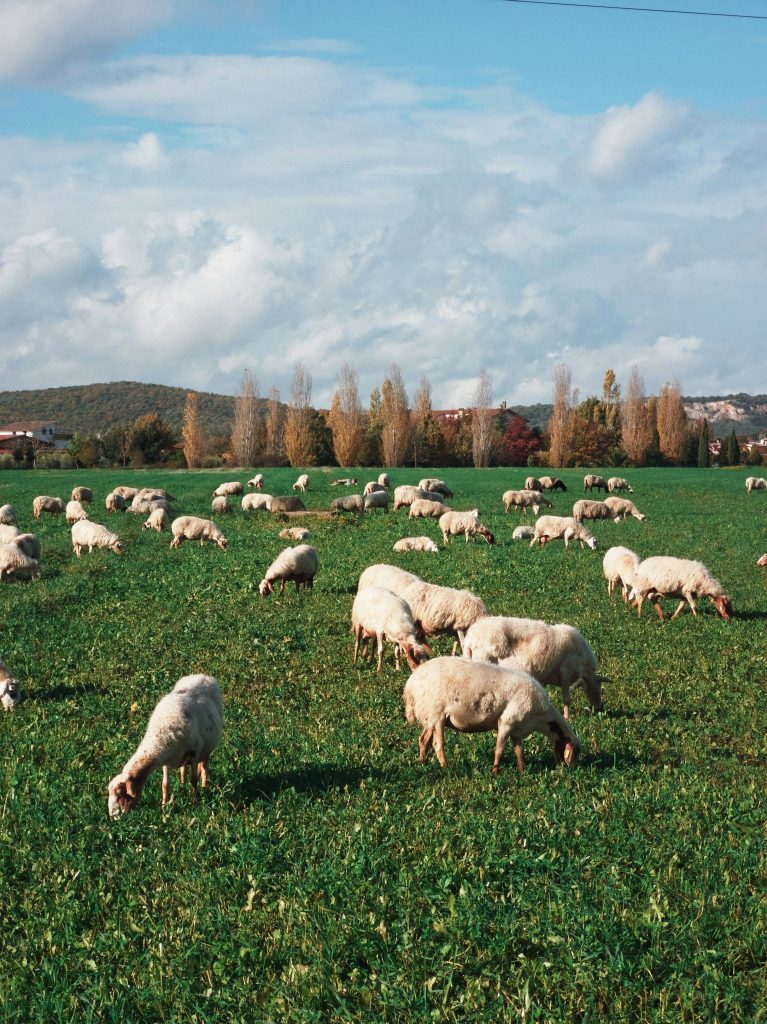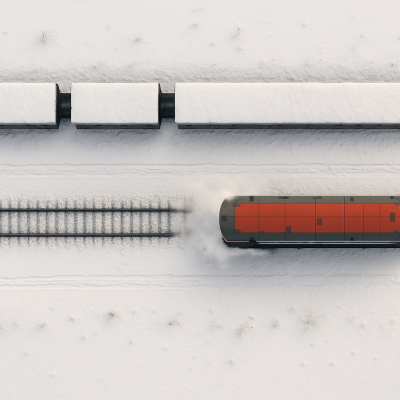The Reform of EU Rural Development Policy and the challenges ahead

Born within the context of a strong cooperation between agricultural structural policy and regional development policy in the mid-80s, rural development was consolidated as a comprehensive EU policy only under Agenda 2000. For a decade, the so-called «second pillar» has undergone constant evolution throughout time, characterised by a steady increase in financial resources and accruing additional functions. These functions have not always been conceived in a way which is consistent with the role of rural development as stated in the EU regulations. Considering the next programming period post-2013, this paper written by Franco Mantino aims at providing proposals for a reform of the future EU rural development policy.
In the author’s view, this policy can play a significant role in promoting structural adjustment and maintaining viable rural contexts. But this role calls for a reform that significantly improves both the efficiency and effectiveness of policy instruments. At the same time, it is necessary to broaden the scope of the rural development instruments in order to address major challenges, namely climate change, renewable energy, water resources, biodiversity, competitiveness and social cohesion, while avoiding that only sectoral approaches prevail in the design and implementation of this policy. For Mantino, this does not require either a revolution in the rural development policy or a revision of the present architecture of the pillars of CAP, but a substantial and concrete implementation of the principle of integrated rural development which has been already affirmed in the past reforms. Thus, he urges both a clear division of labour between the 1st and the 2nd pillars, and a better integration with the cohesion policy.




